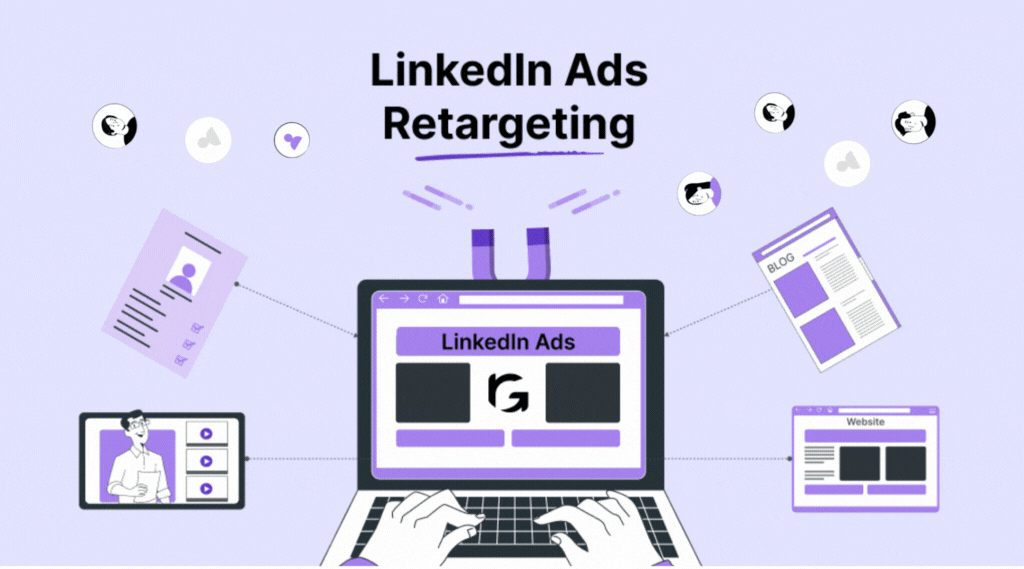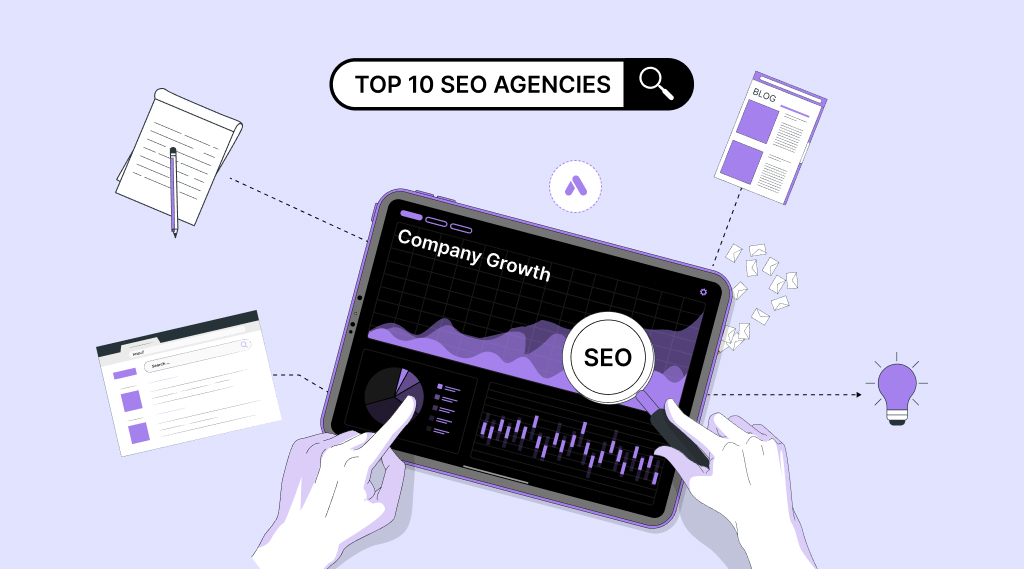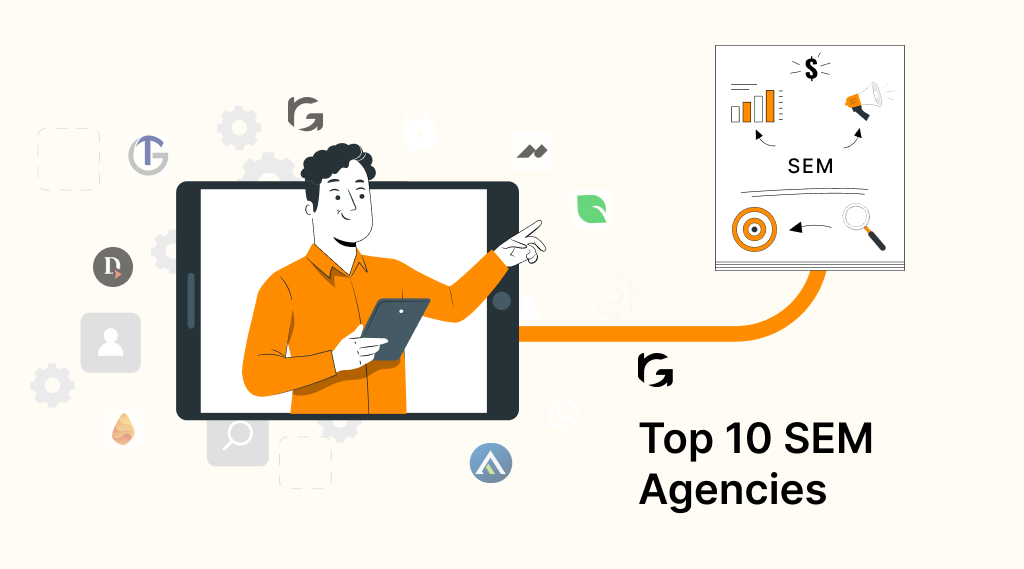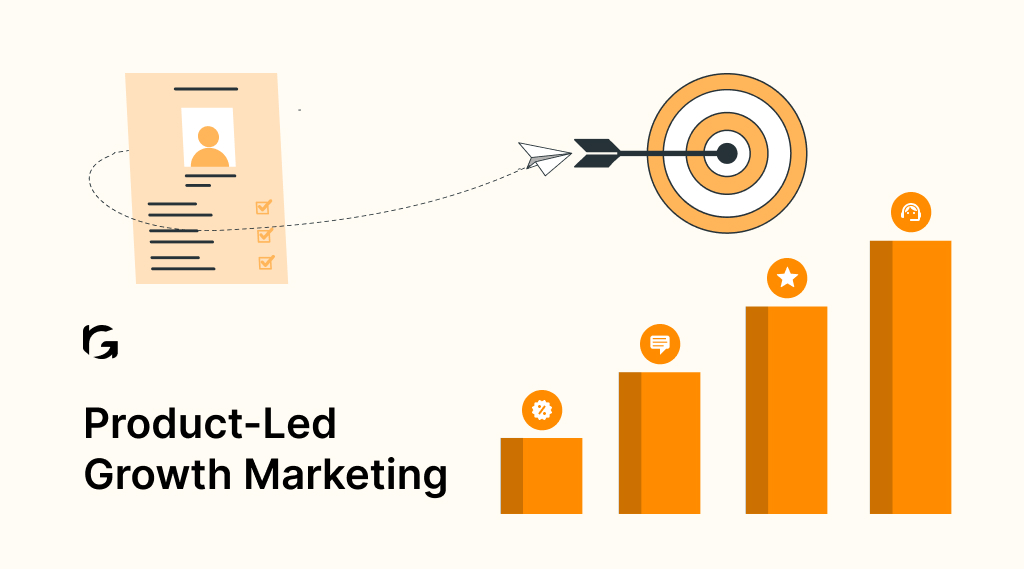Businesses are always looking for new ways to grab people’s attention and grow. Utilizing gated content serves as a strategic approach to attaining this objective.
Gated content allows businesses to establish a deeper connection with their target audience by providing them with content that addresses their needs and interests directly. It enables companies to build and nurture relationships with potential customers, leading to increased brand loyalty and customer retention.
In this post, we will explore the meaning of gated content, discuss real-life examples, and uncover the best strategies to create and implement it effectively in 2024. This comprehensive guide aims to provide actionable insights and practical tips for businesses looking to leverage gated content as part of their marketing strategy.
What is gated content?
Gated content refers to valuable online material that users can access only after providing certain information or completing a specific action, like filling out a form or subscribing to a newsletter. It is a strategic approach employed by businesses to offer exclusive online resources to their audience.
This content, typically rich in value and relevance, serves as a digital asset accessible only after users fulfill a designated requirement. Businesses leverage gated content as a means to engage their audience actively and promote a deeper connection.
By incentivizing users to take specific actions, such as sharing their details or subscribing to updates, companies not only provide valuable material but also gain insights into their audience’s preferences and interests. This dual benefit ensures that the gated content serves both parties involved, offering significant value in exchange for valuable data and engagement.
The benefits of using gated content for your businesses
Using gated content offers a myriad of benefits for businesses, serving as a strategic tool to enhance various aspects of their marketing endeavors:
1. Lead generation: Gated content, such as ebooks or webinars behind sign-up forms, brings in potential customers by offering valuable information in return for their contact details. This method helps businesses expand their customer base and increase sales opportunities.
2. Targeted marketing: Businesses can use gated content to target their marketing efforts directly at specific groups of people. By offering content tailored to their interests or needs, they can improve their chances of turning leads into customers.
3. Data collection: When people access gated content, they usually provide personal information like their name and email. Businesses can use this data to better understand their audience and refine their marketing strategies.
4. Establishing authority: By providing high-quality gated content, businesses can demonstrate their expertise and position themselves as leaders in their industry. This builds trust with potential customers and makes them more likely to choose that business over its competitors.
5. Qualifying leads: Gated content attracts individuals genuinely interested in a business’s offerings. This means the leads generated through gated content are often more valuable and easier for businesses to prioritize and pursue.
6. Enhanced brand awareness: Offering gated content can help businesses increase their visibility and reach a broader audience. When people find valuable content behind a gate, they’re more likely to share it with others, thus boosting brand exposure.
7. Building relationships: Gated content provides an opportunity for businesses to engage with potential customers and start building relationships. By offering valuable resources and information, businesses can show they care about their audience’s needs and interests.
8. Measurable results: Businesses can track the performance of their gated content campaigns using various metrics, like the number of downloads or sign-ups. This allows them to gauge the effectiveness of their marketing efforts and make informed decisions to improve results.
8 Examples of gated content
Below are eight examples of gated content, each meticulously designed to offer substantial value.
1. Exclusive research reports:
Offering in-depth market insights or industry trends can attract professionals seeking authoritative information for strategic decision-making.
2. Interactive assessments or quizzes:
Engaging tools that provide personalized results based on user inputs can drive interaction and capture valuable data for targeted marketing.
3. Access to premium tools or software:
Providing limited access to powerful tools or software can entice users to sign up for a subscription or membership.
4. Live virtual events:
Hosting exclusive webinars, workshops, or Q&A sessions with industry experts can create a sense of urgency and exclusivity, driving registrations and engagement.
5. Consultation or demo requests:
Offering personalized consultations or product demos can attract qualified leads interested in exploring solutions further.
6. Masterclasses or workshops:
Providing in-depth educational content taught by industry leaders can appeal to professionals seeking to enhance their skills or knowledge.
7. Exclusive discounts or promotions:
Offering special deals or discounts on products or services can incentivize users to provide their contact information for access.
8. Content bundles:
Curating bundles of valuable resources such as e-books, templates, and case studies can provide comprehensive solutions to users’ needs, encouraging them to opt-in for access.
How to generate leads with gated content?
Generating leads with gated content involves a strategic approach to attract and capture the interest of your target audience. Here’s a step-by-step guide:
1. Identify your target audience: Begin by clearly defining your target audience and understanding their needs, challenges, and interests. This will help you create gated content that resonates with your audience and provides genuine value.
2. Create valuable content offers: Develop high-quality content that addresses specific pain points or interests of your target audience. This could include e-books, whitepapers, webinars, case studies, templates, or exclusive reports that offer actionable insights or solutions.
3. Set clear goals: Define specific goals for your gated content strategy, whether it’s to increase brand awareness, generate leads, or drive conversions. Having clear objectives will guide your content creation efforts and measurement metrics.
4. Build dedicated landing pages: Design dedicated landing pages for each gated content offer, optimized for conversion. Ensure that the landing page copy clearly communicates the value proposition of the content and includes a compelling call-to-action (CTA) prompting users to provide their contact information.
5. Implement lead capture forms: Place lead capture forms on your landing pages, requesting users to provide their contact information in exchange for access to the gated content. Keep the form fields minimal to reduce friction and increase completion rates.
6. Promote across multiple channels: Use a multi-channel approach to promote your gated content and reach a wider audience. Leverage email marketing, social media platforms, paid advertising, influencer partnerships, and content syndication to drive traffic to your landing pages.
Gated content best practices for 2024
Gated content continues to be a valuable tool for engaging audiences and driving lead generation. Here are the best practices for optimizing gated content strategies in 2024:
1. Offer high-quality content:
Prioritize providing gated content that offers genuine value and relevance to your target audience. Ensure that the content addresses their specific needs, challenges, or interests and delivers actionable insights or solutions.
2. Clear value proposition:
Clearly communicate the benefits and value of accessing the gated content to your audience. Highlight what they will gain, whether it’s valuable insights, practical tips, exclusive access, or solving a particular problem they’re facing.
3. Optimized landing pages:
Create dedicated landing pages for each gated content offer. Craft compelling copy that clearly articulates the benefits and value proposition, accompanied by visually appealing design elements. Ensure that the landing page layout is user-friendly and optimized for conversions, with clear calls-to-action.
4. Streamlined opt-in process:
Simplify the opt-in process to minimize friction for users. Reduce the number of form fields to only collect essential information, such as name and email address. Streamline the process further by using autofill options and avoiding unnecessary steps or distractions.
5. Personalization:
Tailor your gated content offers to match the preferences, interests, or behavior of your target audience segments. Use data-driven insights to personalize content recommendations or messaging, increasing relevance and engagement.
6. Promotion and distribution:
Employ a multi-channel approach to promote your gated content effectively. Use email marketing campaigns, social media channels, paid advertising, and collaborations with industry influencers or partners to reach your target audience and drive traffic to your landing pages.
7. Follow-Up and nurturing:
Develop a comprehensive strategy for nurturing leads who have accessed your gated content. Provide additional value through targeted email sequences, relevant content recommendations, or personalized follow-ups to guide them further along the customer journey.
8. Measure and iterate:
Continuously monitor and analyze key metrics related to your gated content efforts, such as conversion rates, lead quality, and engagement levels. Use these insights to refine your strategies, optimize your content offerings, and improve overall performance over time.
9. Interactive content formats:
Experiment with interactive content formats such as quizzes, assessments, calculators, or interactive infographics. These engaging formats can increase user interaction and provide valuable data insights for personalized follow-up.
10. Segmented content offers:
Segment your audience based on demographics, behavior, or preferences, and tailor gated content offers accordingly. By delivering highly relevant content to specific audience segments, you can enhance engagement and conversion rates.
11. Social proof and testimonials:
Incorporate social proof elements such as customer testimonials, reviews, or case studies to build trust and credibility around your gated content offers. Highlighting real-life success stories can persuade prospects to take action and access the content.
12. Continuous optimization:
Implement a culture of continuous optimization for your gated content strategy. Regularly test different elements such as headline variations, imagery, form fields, or promotional channels to identify what resonates best with your audience and improve overall performance.
Wrap up
Gated content remains a powerful tool for businesses to attract, engage, and convert their audience. By adhering to best practices and providing valuable content, businesses can fully leverage the potential of gated content to drive growth and success in the competitive digital environment. This approach enables businesses to not only generate leads but also cultivate meaningful connections with their audience, ultimately driving conversions and advancing their marketing goals.
Take control of your marketing efforts. Start using gated content to make your brand more visible, attract good leads, and build strong connections with your audience. Give your business useful insights and resources that help bring in more sales.
Begin now and see how strategic gated content can boost your business.






